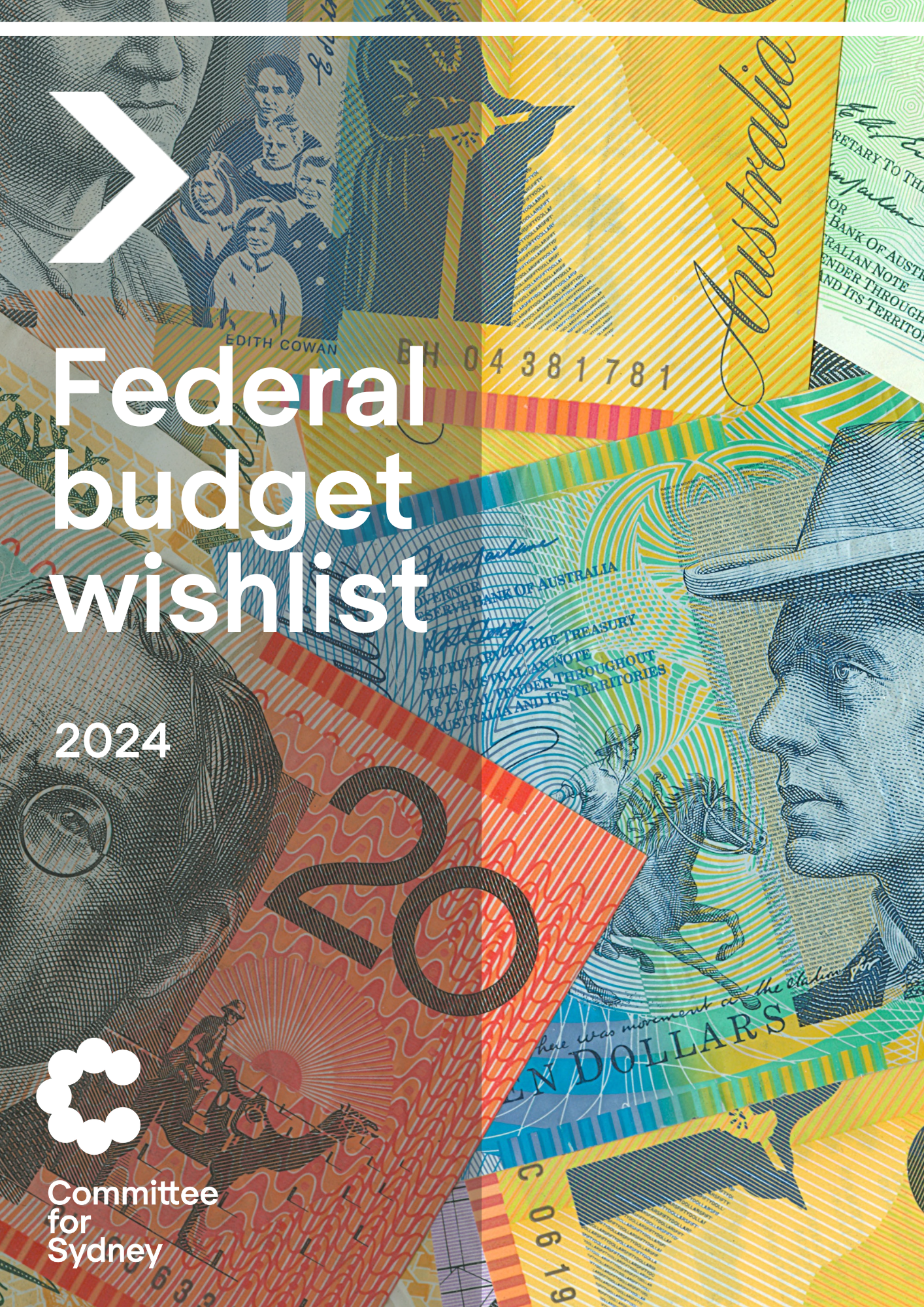The federal budget is fast approaching, and we’ve got some ideas on where the cash should flow.
1. Double the Housing Australia Future Fund (HAFF).
While recent state planning reforms will help address our chronic housing crisis, the federal government also needs to step up by investing in critical social housing.
The number of social housing homes has been going backwards in NSW, despite the growing waiting list of almost 60,000 households. Currently the social and affordable housing stock in Sydney sits at ~4% of total stock, significantly below other global cities like London where 20% of stock is socially rented. NSW should set a target to reach 10% of stock being social and affordable housing by 2040 – a modest target relative to London, but an ambitious one based on current state in Sydney.
PowerHousing recently reported that bids from the 37 largest CHPs alone totaled 22,600 homes in projects worth $13.8 billion (Australia-wide), and this doesn’t account for all applications. The HAFF needs to be doubled, and more, to help NSW and Sydney achieve this.
2. More support for higher education research and development.
Recent migration reforms have negatively impacted on the international education sector – Sydney’s largest service export. This is shortsighted – and will impact the higher education sector’s ability to fund research and development along with delivering world-class education for domestic students.
This is occurring at the same time as the federal government needs universities to invest in research and education to grow cutting edge industries in order to decarbonize and transition our economy over coming economic cycles.
Concerningly, according to Universities Australia, our spend on research and development has dropped relative to the economy, from 2.2 per cent of GDP in 2008 to 1.8 per cent in the latest data, while the rest of the OECD moved up to 2.6 per cent. Government spending on research and development has also fallen to its lowest ever level on record at 0.49 per cent of GDP.
To reverse this trend, we’re hoping to see investment in one of the key growth engines of the future economy: universities.
3. Invest in infrastructure to support Sydney’s population and economic growth
Much has been made, correctly, of the reduction in federal infrastructure funding for Sydney. We know that Sydney’s existing transport and social infrastructure needs are high, and we will need more infrastructure investment to support housing growth – both current (primarily in west and south-west Sydney) and future (across the city).
The Federal Government has identified big infrastructure projects they’re interested in – high speed rail; social housing and urban rail. The Committee for Sydney agrees – and we’d like to see the sort of catalytic investment in these multi-decade projects that turns these from ideas into tangible projects with timelines and budgets.
Meanwhile, let’s not forget the crucial role of bus networks. Small investments in operational and capital funding can deliver quick, substantial improvements to our city’s transport network.
4. Apply a place lens to National Industry Policy
The federal government is falling back in love with industry policy, with the Prime Minister announcing A Future Made in Australia, to align with the already announced National Reconstruction Fund.
This is a welcome step – Australia is poised to be the home of globally-competitive industries like quantum computing, advanced manufacturing and clean technologies. But it will require leadership and investment from government to achieve.
What’s missing from current proposals is an understanding that not everywhere will get a prize – or at least not the same prize. Not every city will be the home of a globally-significant digital technologies ecosystem. Not every region will a green hydrogen hub.
The federal budget should align their investments into this space to places – specific states, cities and innovation districts – and work with the states as they develop their own industry policies – if we’re to unleash the business, academic and social investment behind scaling future economy sectors.
5. Double down on disaster dollars
The federal government allocates $200 million annually for disaster preparedness through the Disaster Ready Fund. This is woefully inadequate in addressing climate challenges. The 2022 East Coast Floods were estimated to cost over $15 billion in disaster recovery, excluding long term reconstruction.
This Fund should double its annual allocation and apply a more strategic funding logic, linking grants to local adaptation planning. The Federal Government must also demand more for this additional funding by:
- Setting funding criteria at Federal level that incentivises land use and development decisions that reduce total asset exposure and enhance life safety
- Prioritising high risk locations, and
- Allocating Federal (and matched State) betterment funding to strengthen assets and dwellings in at-risk locations before disasters occur.
